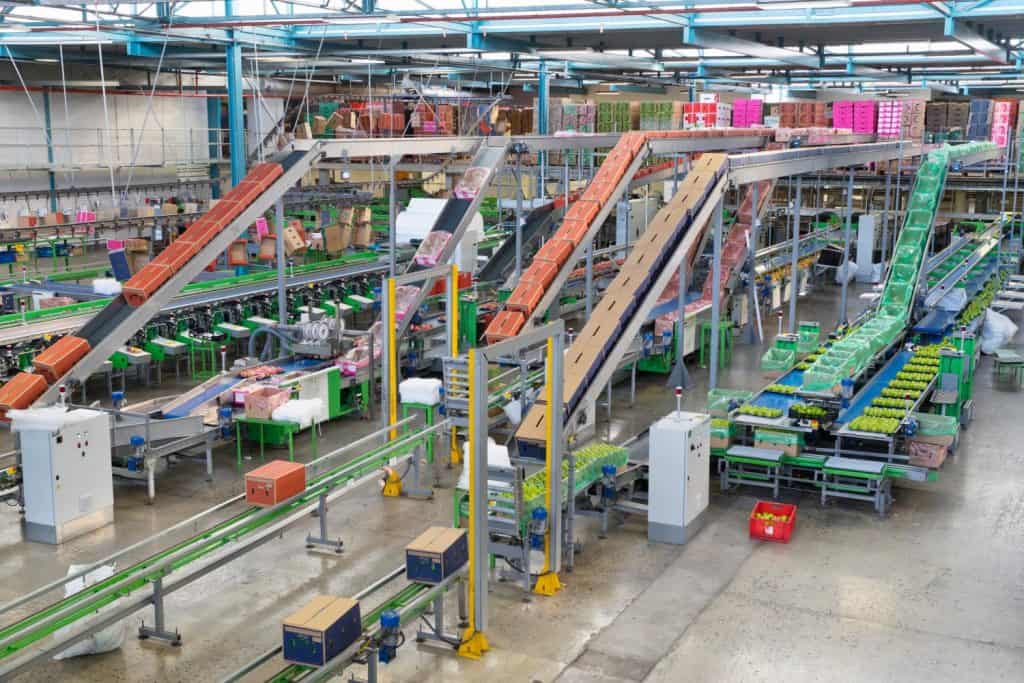
© FotoFeast/Shutterstock.com
Key Points
- Process capability and process performance are calculations intended to show how a process is faring.
- These calculations can be stacked against a distribution to see how they measure up against a baseline.
- Process capability and process performance go hand in hand with the Sigma level of a given process.
In the Six Sigma quality methodology, process performance is reported to the organization as a sigma level. The higher the sigma level, the better the process is performing.
Another way to report process capability and process performance is through the statistical measurements of Cp, Cpk, Pp, and Ppk. This article will present definitions, interpretations, and calculations for Cpk and Ppk through the use of forum quotations. Thanks to everyone below who helped contribute to this excellent reference.
Definitions
Cp = Process Capability. A simple indicator of process capability.
Cpk = Process Capability Index. Adjustment of Cp for the effect of non-centered distribution.
Pp = Process Performance. A straightforward indicator of process performance.
Ppk = Process Performance Index. Adjustment of Pp for the effect of non-centered distribution.
Why Do These Measurements Matter?
Having any sort of measurements or indicators means you can keep your team on the same page. Further, it allows you to see exactly how a process is going. As such, understanding these measurements and indices is vital for continued success in your organization.
Interpreting Cp and Cpk

©Juice Flair/Shutterstock.com
“Cpk is an index (a simple number) which measures how close a process is running to its specification limits, relative to the natural variability of the process. The larger the index, the less likely it is that any item will be outside the specs.” Neil Polhemus
“Cok measures how close you are to your target and how consistent you are to around your average performance. A person may be performing with minimum variation, but he can be away from his target towards one of the specification limits, which indicates lower Cpk, whereas Cp will be high. On the other hand, a person may be on average exactly at the target, but the variation in performance is high (but still lower than the tolerance band (i.e., specification interval). In such cases also Cpk will be lower, but Cp will be high. Cpk will be higher only when you’re meeting the target consistently with minimum variation.” Ajit
“You must have a Cpk of 1.33 [4 sigma] or higher to satisfy most customers.” Joe Perito
“The value itself can be thought of as the amount the process (car) can widen before hitting the nearest spec limit (garage door edge).
Cpk = 1/2 means you’ve crunched nearest the door edge (ouch!)
When Cpk = 1 it means you’re just touching the nearest edge
A Cpk of 2 means your width can grow 2 times before touching
Cpk =3 means your width can grow 3 times before touching” Larry Seibel
Interpreting Pp, Ppk
“Process Performance Index tries to verify if the sample that you have generated from the process is capable of meeting Customer CTQs (requirements). It differs from Process Capability in that Process Performance only applies to a specific batch of material. Samples from the batch may need to be quite large to be representative of the variation in the batch. Process Performance is only used when process control cannot be evaluated. An example of this is for a short pre-production run. Process Performance generally uses sample sigma in its calculation; Process capability uses the process sigma value determined from either the Moving Range, Range or Sigma control charts.” Praneet
Differences Between Cpk and Ppk

©Ground Picture/Shutterstock.com
“Cpk is for short term, Ppk is for long term.” Sundeep Singh
“Ppk produces an index number (like 1.33) for the process variation. Cpk references the variation to your specification limits. If you just want to know how much variation the process exhibits, a Ppk measurement is fine. If you want to know how that variation will affect the ability of your process to meet customer requirements (CTQs), you should use Cpk.” Michael Whaley
“It could be argued that the use of Ppk and Cpk (with sufficient sample size) are far more valid estimates of long and short term capability of processes since the 1.5 sigma shift has a shaky statistical foundation.” Eoin
“Cpk tells you what the process is CAPABLE of doing in the future, assuming it remains in a state of statistical control. Ppk tells you how the process has performed in the past. You cannot use it to predict the future, like with Cpk, because the process is not in a state of control. The values for Cpk and Ppk will converge to almost the same value when the process is in statistical control. that is because the sigma and the sample standard deviation will be identical (at least as can be distinguished by an F-test). When out of control, the values will be distinctly different, perhaps by a very wide margin.” Jim Parnella
Further Detail
“Cp and Cpk are for computing the index concerning the subgrouping of your data (different shifts, machines, operators, etc.), while Pp and Ppk are for the whole process (no subgrouping). For both Ppk and Cpk the ‘k’ stands for ‘centralizing factor’ – it assumes the index takes into consideration the fact that your data is maybe not centered (and hence, your index shall be smaller). It is more realistic to use Pp and Ppk than Cp or Cpk as the process variation cannot be tempered by inappropriate subgrouping. However, Cp and Cpk can be very useful to know if, under the best conditions, the process is capable of fitting into the specs or not.It gives you the best-case scenario for the existing process.” Chantal
“Cp should always be greater than 2.0 for a good process which is under statistical control. For a good process under statistical control, Cpk should be greater than 1.5.” Ranganadha Kumar
“As for Ppk/Cpk, they mean one or the other and you will find people confusing the definitions and you WILL find books defining them versa and vice versa. You will have to ask the definition the person is using that you are talking to.” Joe Perito
“I just finished up a meeting with a vendor and we had a nice discussion of Cpk vs. Ppk. We had the definitions exactly reversed between us. The outcome was to standardize definitions and move forward from there. My suggestion to others is that each company have a procedure or document (we do not), which has the definitions of Cpk and Ppk in it. This provides everyone a standard to refer to for WHEN we forget or get confused.” John Adamo
How to Calculate It
“Pp = (USL – LSL)/6*Std.dev
Cpl = (Mean – LSL)/3*Std.dev
Cpu = (USL – Mean)/3*Std.dev
Cpl= Min (Cpl, Cpu)” Ranganadha Kumar
“Cpk is calculated using an estimate of the standard deviation calculated using R-bar/d2. Ppk uses the usual form of the standard deviation ie the root of the variance or the square root of the sum of squares divided by n – 1. The R-bar/D2 estimation of the standard deviation has a smoothing effect and the Cpk statistic is less sensitive to points which are further away from the mean than is Ppk.” Eoin
“Cpk is calculated using RBar/d2 or SBar/c4 for Sigma in the denominator of your equation. This calculation for Sigma REQUIRES the process to be in a state of statistical control. If not in control, your calculation of Sigma (and hence Cpk) is useless – it is only valid when in control.” Jim Parnella
“You can have a ‘good’ Cpk yet still have data outside the specification, and the process needs to be in control before evaluating Cpk.” Matt
Other Useful Tools for Your Processes
Now that you have a solid foundation of process capability and process performance, it’s time to step out and get some more tools for your toolbox. What happens if you need to calculate a capability index but you only have a single specification? The answer to that question can be found in one of our invaluable resources that you can read here.
Further, you might want to figure out how to calculate your process sigma. This isn’t a tough task by any means, but with our guide at your disposal, you’ll be more than ready to get data points down in no time at all.
The image featured at the top of this post is ©FotoFeast/Shutterstock.com.